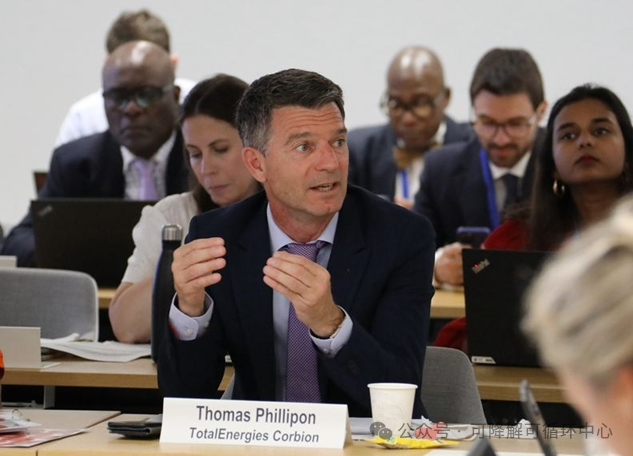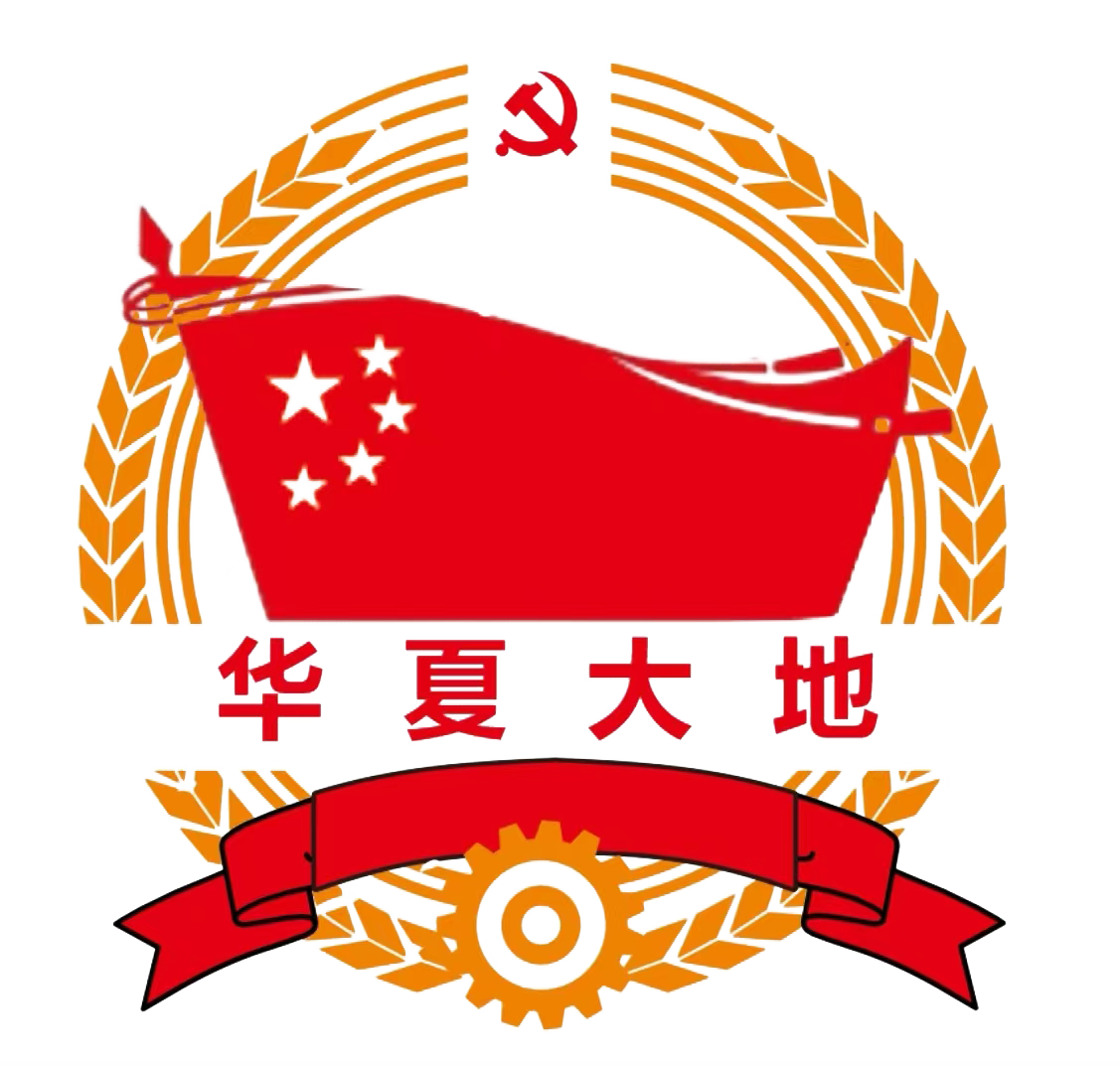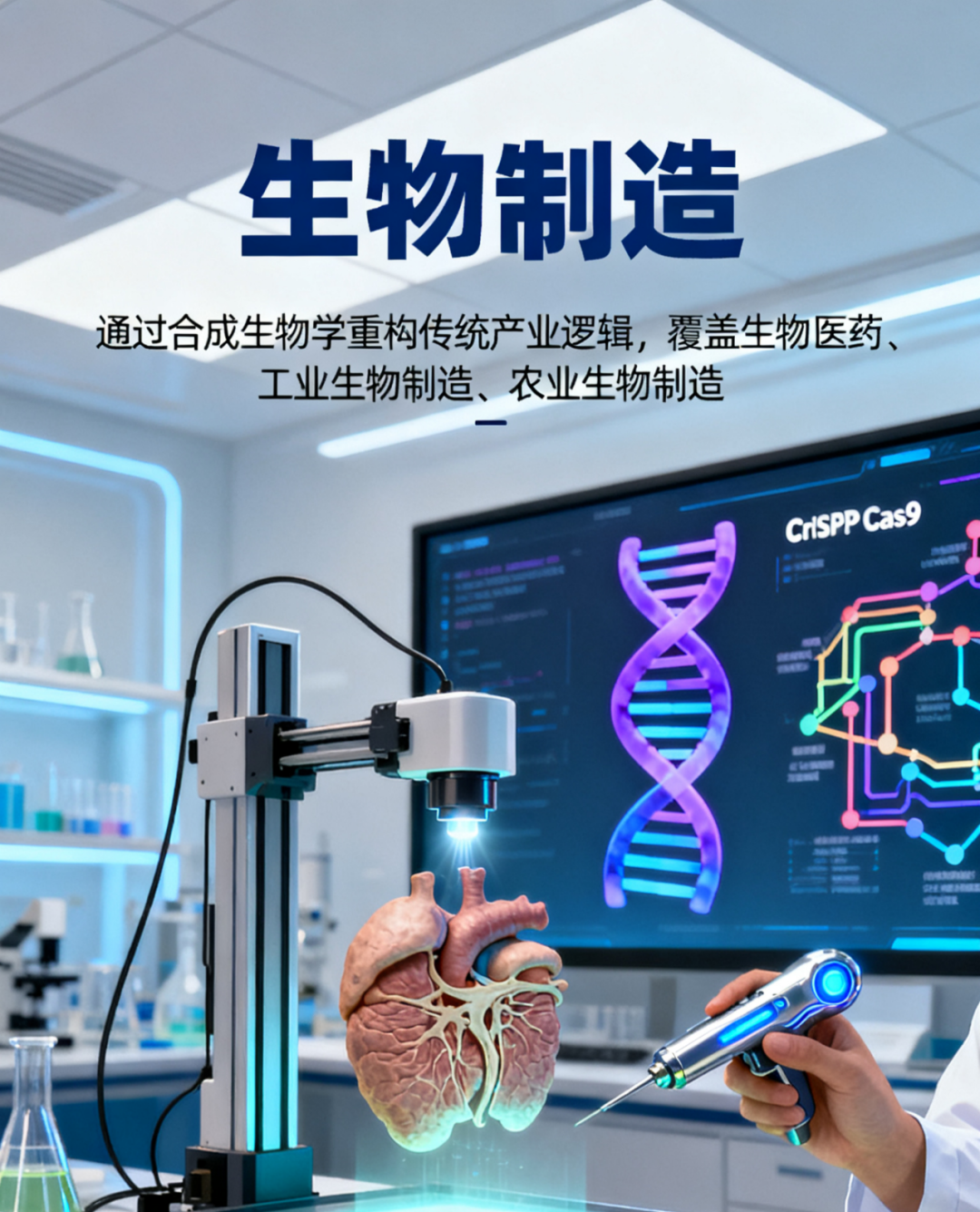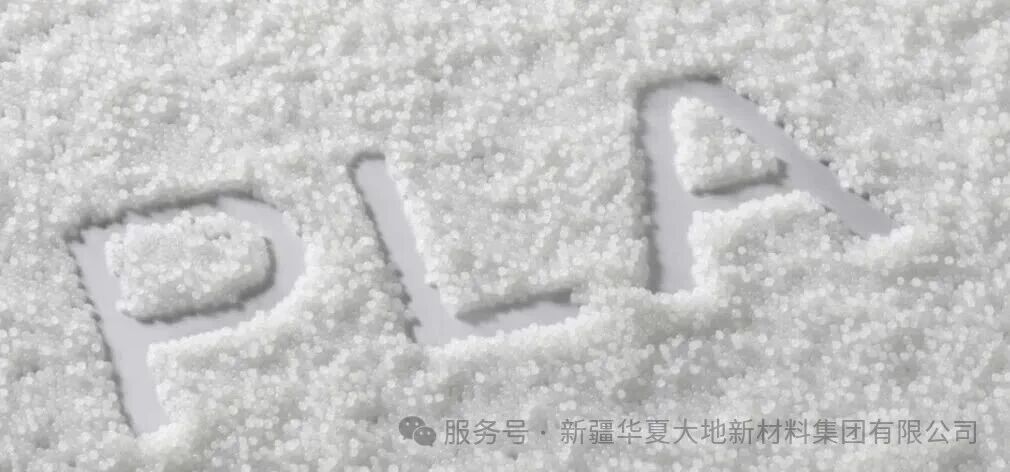As countries from around the world gather in August for the fifth session of the Intergovernmental Negotiating Committee (INC-5.2) of the United Nations, the plastic treaty negotiations are at a turning point. Negotiators are tasked with formulating a treaty that will define the future of materials, trade, and waste management. However, amid the debates over bans and recycling targets, one key point must not be overlooked: solutions already exist and are ready to be scaled up.
Polylactic acid (PLA), a bioplastic made from renewable resources, is a proven, practical and recyclable alternative to traditional plastics. If we are serious about reducing plastic pollution and supporting sustainable development, we must consider PLA as part of the global solution.
 Thomas Philipon, CEO, TotalEnergies Corbion
Thomas Philipon, CEO, TotalEnergies Corbion
The latest lifecycle assessment (LCA) data verified by a third party shows that the carbon emissions of PLA are 85% lower than those of traditional plastics. This is not just a theory – it is the result calculated based on the 2024 mass production data of the TotalEnergies Corbion factory in Thailand.
Since polylactic acid (PLA) is made from plants such as sugar cane and corn, it can store biological carbon instead of releasing fossil carbon into the atmosphere. Unlike many other alternatives, it has been applied by leading brands in areas such as food packaging, compostable coffee capsules, disposable medical supplies, and 3D printing.
The circular economy benefits everyone - including the countries in the global south.
If environmental solutions are too expensive or complex to implement, they will not be effective. This is precisely where PLA's advantage lies. Industrial composting, as one of its key end-of-pipe processing paths, combines economic efficiency and scalability. The cost of building composting facilities can be 8 times lower than that of plastic recycling plants, and they are also easier to operate and maintain - this is particularly ideal for regions lacking a well-developed waste management system.
Furthermore, the PLA's raw material resources are abundant, which means that as long as countries invest in technical training and policy frameworks, they can achieve local production. Currently, only 0.001% of the global agricultural land is used for PLA production, and its expansion will not threaten food security.
The more attractive aspect of PLA lies in its diverse recycling pathways:
It can be mechanically recycled like traditional plastics.
It can be chemically recycled through hydrolysis, using a low-energy process while maintaining carbon integrity and food contact safety.
Industrial composting is crucial for food contaminated packaging that cannot be mechanically recycled.
This flexibility is exactly what we need in our global fragmented waste management system. In countries where mechanical recycling has not yet been achieved, industrial composting provides an immediate and low-emission option that can prevent materials from being landfilled.
The ready-made solutions of the "Global Plastics Treaty"
Let's be practical: We don't have time to wait for the perfect technology to mature. The treaty must give priority to readily available, scalable and proven materials. The PLA meets these criteria.
Countries like Italy have already demonstrated the potential that a well-developed composting infrastructure can bring – they operate over 300 composting facilities, recovering valuable organic matter while generating biogas. Now imagine if this model were replicated globally and implemented using materials like PLA.
If the treaty were to require that all packaging be either recyclable or compostable by 2030, as the EU's "Packaging and Packaging Waste Regulations" (PPWR) does, then materials like PLA should be accepted rather than excluded.
PLA is not a universal solution, but it is a crucial ready-made tool in the toolkit of the circular economy and has the potential for large-scale application. It enables countries to directly transition to a more sustainable system without having to wait for perfect infrastructure or a decades-long transformation.
If the global plastic treaty truly aims to achieve fairness, be based on science and be future-oriented, then PLA must be an integral part of it. Not only because of its low carbon footprint, biodegradability or recyclability - but also because it can now function in different regions, income levels and industries worldwide.
Don't miss the opportunity to incorporate genuine solutions into the treaty. The world doesn't need more promises; it needs proven progress. The PLA is capable of achieving this - it deserves a place.








